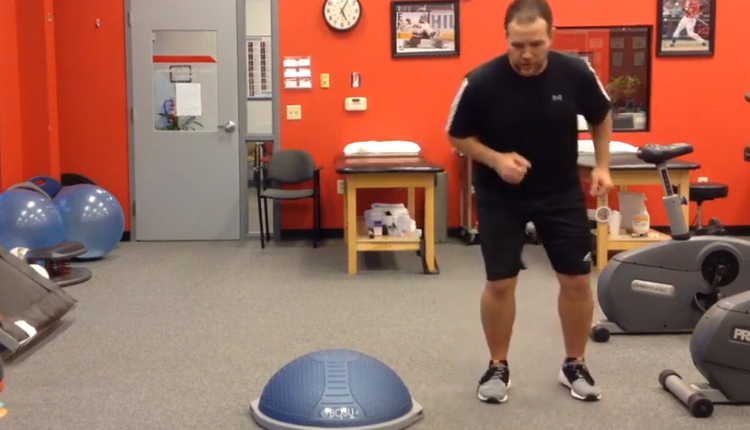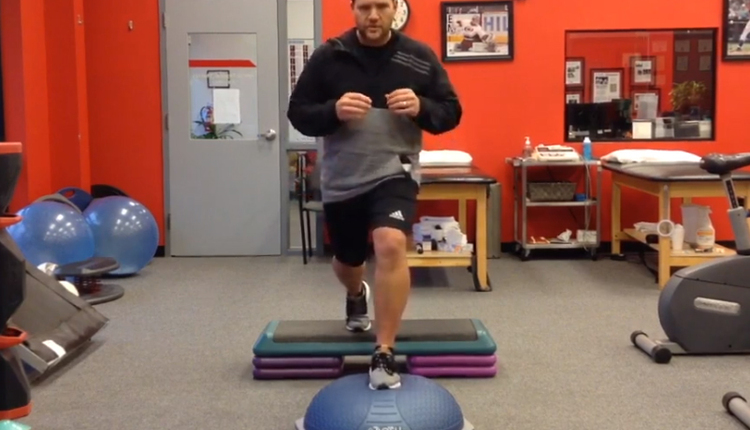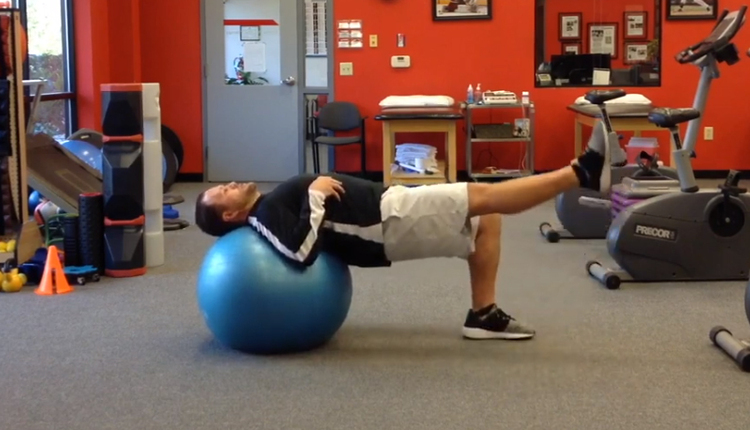Improving shoulder and core/hip stability to control body weight is critical for athletes and weekend warriors. The traditional thread the needle is effective at this, but I find it is often a bit too challenging for people to maintain balance and proper form when starting out. So, modifying or shortening the lever arm can allow for more emphasis on strength and stability until the person is able to progress to the full version.


Execution:
Start on the left side in a traditional forearm side plank position with the left elbow beneath the shoulder and left palm on the floor. Bend both knees to 90 degrees while stacked on one another. Extend the right arm fully with the fingers pointing toward the ceiling. Next, move into a static side plank position driving the right hip up toward the ceiling. Holding this position (keeping a neutral spine), slowly reach the right hand beneath the torso as far as possible under control. Pause for 1 second and return the right arm and body to the start position. Perform 2-3 sets for 30 seconds or a desired number of repetitions.
Regressions:
1. Begin with the top arm at the side instead of perpendicular to the floor
Progressions:
1. Increase the duration of the exercise and/or slow the cadence
2. Add a light dumbbell to the moving hand
3. Advance to a position where the legs are fully extended
Application:
This exercise offers a progressive and effective way to improve pillar (shoulder, torso and hip) strength and stability. Clients must learn to focus on not allowing the movement to disrupt stability and their center of mass. The key to doing this exercise properly is keeping the pace of movement slower in order to avoid unwanted torso rotation.
In addition, the modified version allows for anchoring of the knee on the floor, thereby reducing lumbar spine mobility and allowing for more emphasis on thoracic mobility. However, control and stability should not be sacrificed for added range of motion. Relative precautions include any present back pain/dysfunction or active shoulder or rotator cuff inflammation/pathology.






















